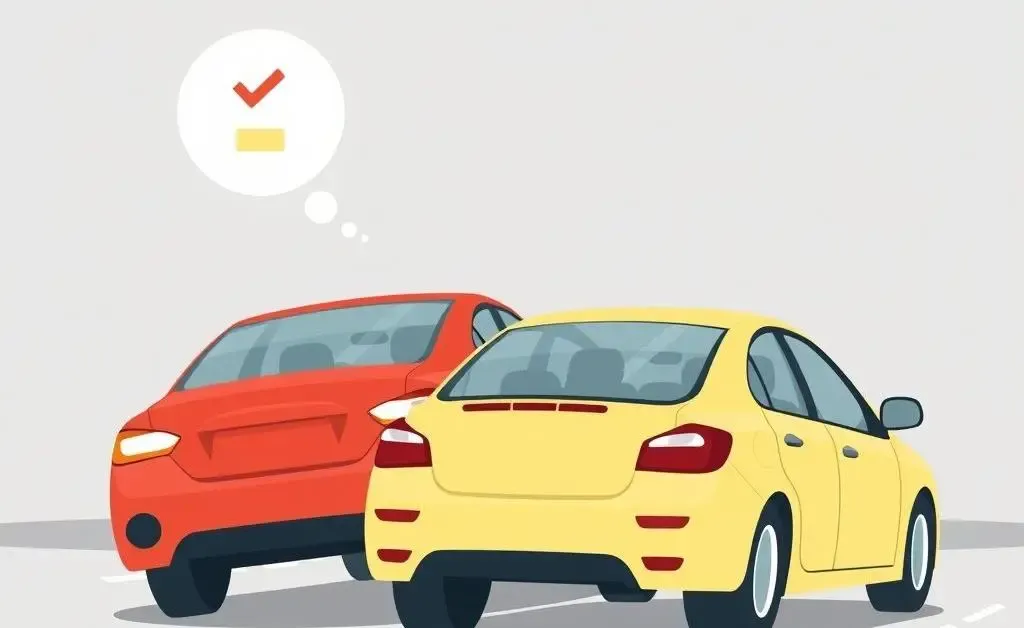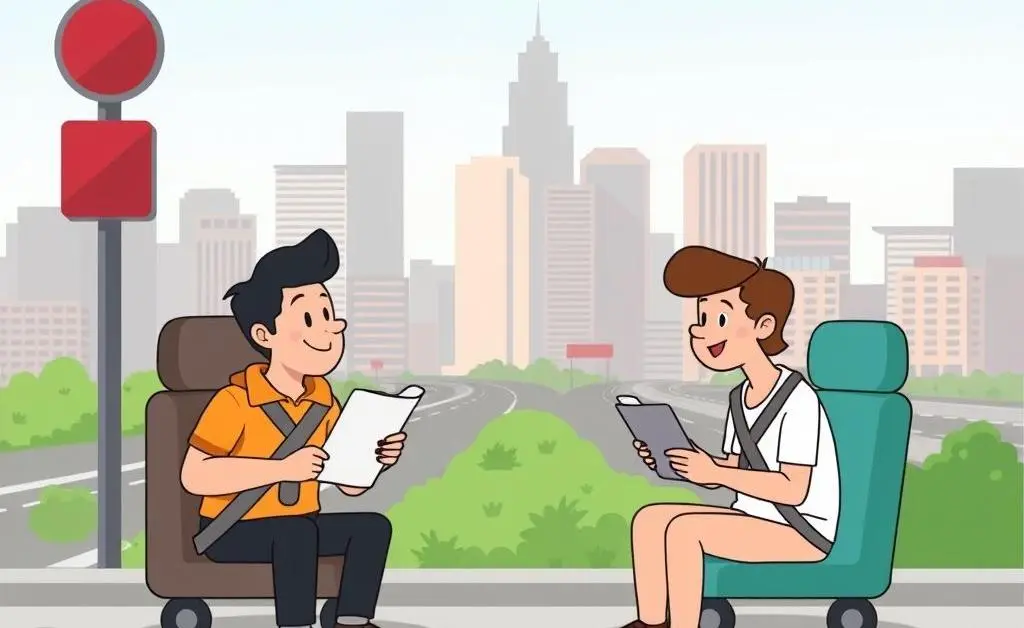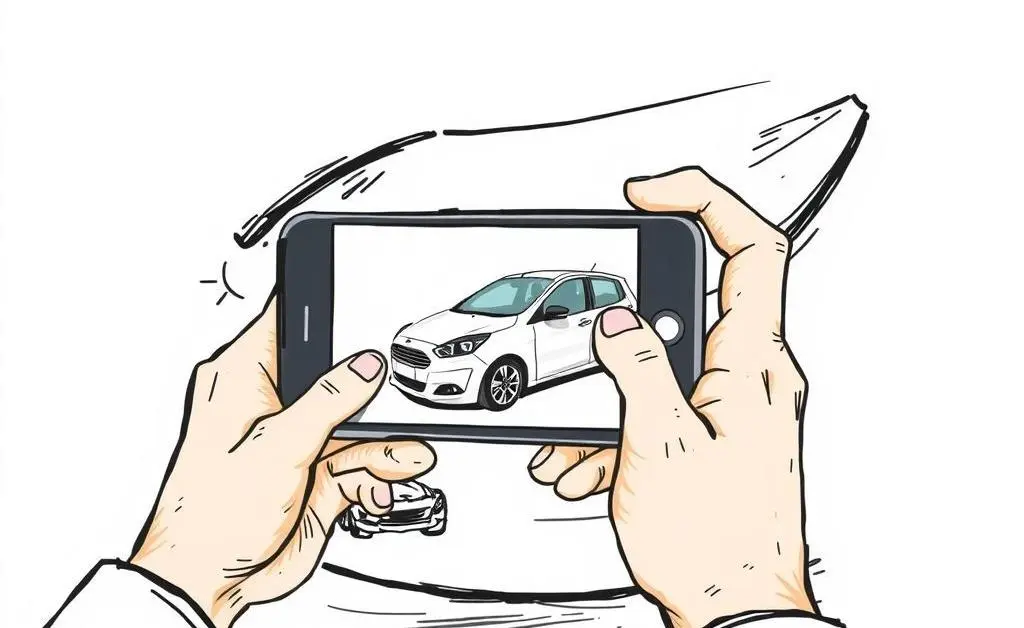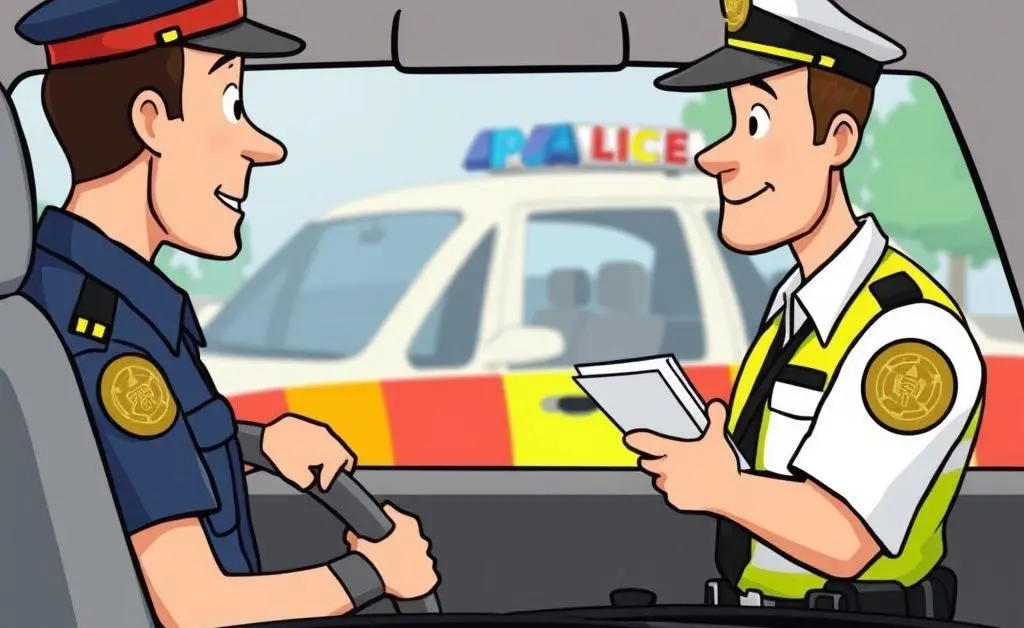What to Do When You're Rear-ended: A Friendly Guide
Learn practical steps to take and avoid after a rear-end collision.

Ever been in a fender bender that left you wondering what to do next? You're not alone. Rear-end collisions happen more often than we'd like to admit, and they can leave you feeling flustered and unsure about the right steps to take.
So, what should you do when you're rear-ended? Let's navigate through this together with some friendly advice.
Stay Calm and Assess the Situation
The first and most crucial step is to stay calm. It's easier said than done, but take a deep breath and check if you or your passengers are injured. If everyone is okay, move your vehicle to a safe spot, like the shoulder of the road, if possible.

Exchange Information
You'll want to collect and share the following information with the other driver:
- Name and contact details
- Driver’s license numbers
- License plate numbers
- Insurance carrier and policy number
Having this information is vital for filing any insurance claims.

Document the Accident
Next, it's time to play detective. Take clear photos of all damages, wide shots of the accident scene, and any relevant road conditions. This can be incredibly useful for insurance purposes and any possible legal actions down the road.
Contact Authorities
Depending on the accident's severity, contacting the police might be necessary. An official report can provide an unbiased account of the events, which is helpful if there's a dispute later.

If the police attend, note down the officers’ names and badge numbers as well.
Reach Out to Your Insurance Company
Inform your insurance company as soon as possible. Provide them with all the details, documentation, and any police reports to start the claims process.
Don’t be swayed by the other driver’s pleas to settle without insurance. This might seem like a hassle-free option but can backfire if damages or injuries appear later.
Handle Post-Accident Logistics
Once the dust settles, you may need to arrange for vehicle repairs or a rental car. Remember to keep all records and receipts related to these expenses.
Being involved in a rear-end collision is stressful, but by staying calm and following these steps, you can handle the situation with confidence.
What’s your craziest rear-end collision story, and how did you handle it? Let’s chat in the comments below!




